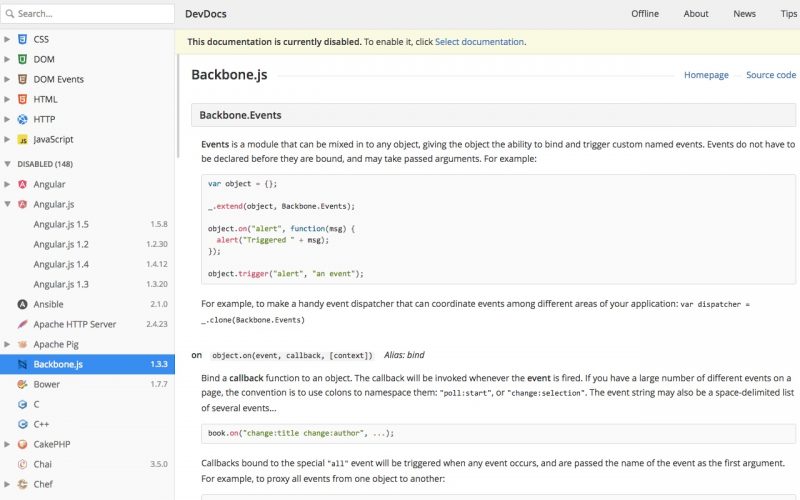

Another reason for symbolic links is organization: under Linux, you'll find your hard disks and partitions in several places: /dev/sda and /dev/sda1 and friends (each disk designated by an arbitrary letter, and partitions according to the partition layout), /dev/disk/by-id/* (disks designated by a unique serial number), /dev/disk/by-label/* (partitions with a filesystem, designated by a human-chosen label) and more. For example, /dev/scd0 is a symbolic link to /dev/sr0 under Linux both designate the first CD device.

This can occur for historical reasons: a device file was moved from one name to another, but some applications still use the old name. You'll find a number of symbolic links under /dev. See How does /dev/fd relate to /proc/self/fd/?. Under Linux, nowadays, /dev/stdin and friends are not implemented as character devices, but instead as symbolic links to a more general mechanism that allows every file descriptor to be referenced (as opposed to only 0, 1 and 2 under the traditional method) for example /dev/stdin is a symbolic link to /proc/self/fd/0. Somewhat similarly, /dev/tty designates the terminal to which the process is connected. For example, /dev/stdin designates the standard input of the current process opening from has approximately the same effect as opening the original file that was opened as the process's standard input. Other common examples are /dev/zero (which returns null bytes ad infinitum) /dev/urandom (which returns random bytes ad infinitum).Ī few device files have a meaning that depends on the process that accesses it. It's often convenient in shell scripts, when you want to ignore the output from a command ( >/dev/null) or run a command with no input (
Devdocs unix driver#
The number is actually two numbers: the major number indicates which driver is responsible for this device, and the minor number allows a driver to drive several devices¹. The meaning of a device file is determined by its number, not by its name (the name matters to applications, but not to the kernel). it's emitted on a serial line) and reading a byte also has some immediate effect (e.g.

Character devices are just about anything else, where writing a byte has some immediate effect (e.g.

Block devices are things like disks, which behave like large, fixed-size files: if you write a byte at a certain offset, and later read from the device at that offset, you get that byte back. The distinction between block and character devices is not completely universal. There are two types of device files: block devices (indicated by b as the first character in the output of ls -l), and character devices (indicated by c). Whereas reading and writing to a regular file stores data on a disk or other filesystem, accessing a device file communicates with a driver in the kernel, which generally in turn communicates with a piece of hardware (a hardware device, hence the name). Almost all the files under /dev are device files.


 0 kommentar(er)
0 kommentar(er)
